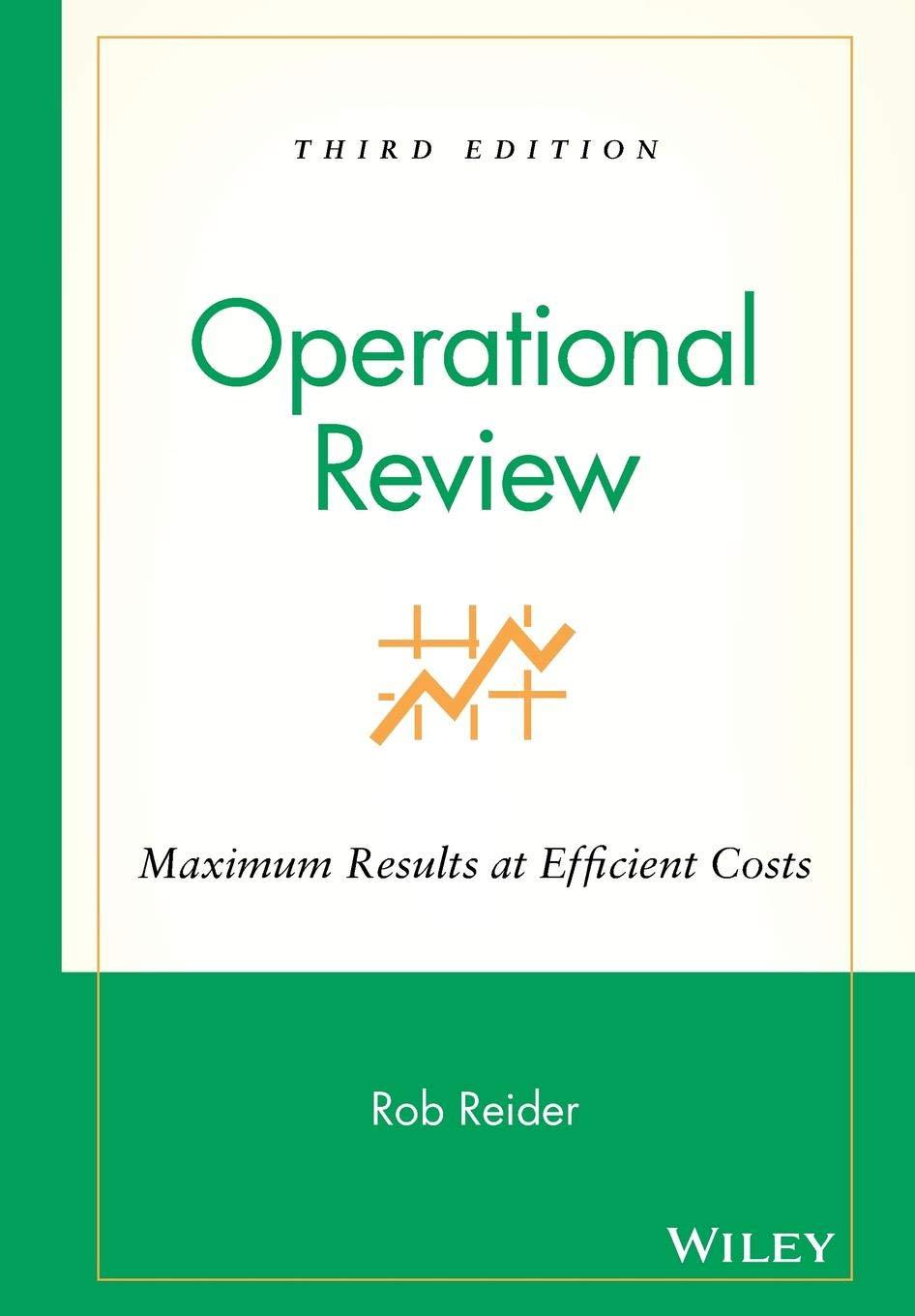Question
Capstone Turbine Corporation is the worlds leading provider of microturbine-based MicroCHP (combined heat and power) systems for clean, continuous, distributed-generation electricity. The MicroCHP unit is
Capstone Turbine Corporation is the worlds leading provider of microturbine-based MicroCHP (combined heat and power) systems for clean, continuous, distributed-generation electricity. The MicroCHP unit is a compact turbine generator that delivers electricity on-site or close to the point where it is needed. This form of distributed-generation technology, designed to operate on a variety of gaseous and liquid fuels, first debuted in 1998. The microturbine is expected to operate on demand or continuously for up to a year between recommended maintenance (filter cleaning/replacement). The generator is cooled by airflow into the gas turbine, thus eliminating the need for liquid cooling. It can make electricity from a variety of fuelsnatural gas, kerosene, diesel oil, and even waste gases from landfills, sewage plants, and oil fields.
Capstones focus applications include combined heat and power, resource recovery of waste fuel from wellhead and biogas sites, and hybrid electric vehicles. And, unlike traditional backup power, this solution can support everyday energy needs and generate favorable payback. With the current design, which has a 60-kW rating, one of Capstones generators would cost about $84,000. The expected annual expenses, including capital costs as well as operating costs, would run close to $19,000. These expenses yield an annual savings of close to $25,000 compared with the corresponding expenses for a conventional generator of the same size. The investment would pay for itself within three to four years.
One of the major questions among the Capstone executives is: How low does the microturbines production cost need to be for it to be a sensible option in some utility operations? To answer this question, Capstone must first determine the cost per kilowatt of its generators. Then Capstone must also come up with the capital cost of $1,400 per kilowatt.
Suppose you plan to purchase the 60-kW microturbine and expect to operate it continuously for 10 years. How does it compare with a conventional generator?
Develop the project cash flows (before taxes) over the life of the project. Include straight-line depreciation if requested. and make any assumptions if necessary
Step by Step Solution
There are 3 Steps involved in it
Step: 1

Get Instant Access to Expert-Tailored Solutions
See step-by-step solutions with expert insights and AI powered tools for academic success
Step: 2

Step: 3

Ace Your Homework with AI
Get the answers you need in no time with our AI-driven, step-by-step assistance
Get Started


